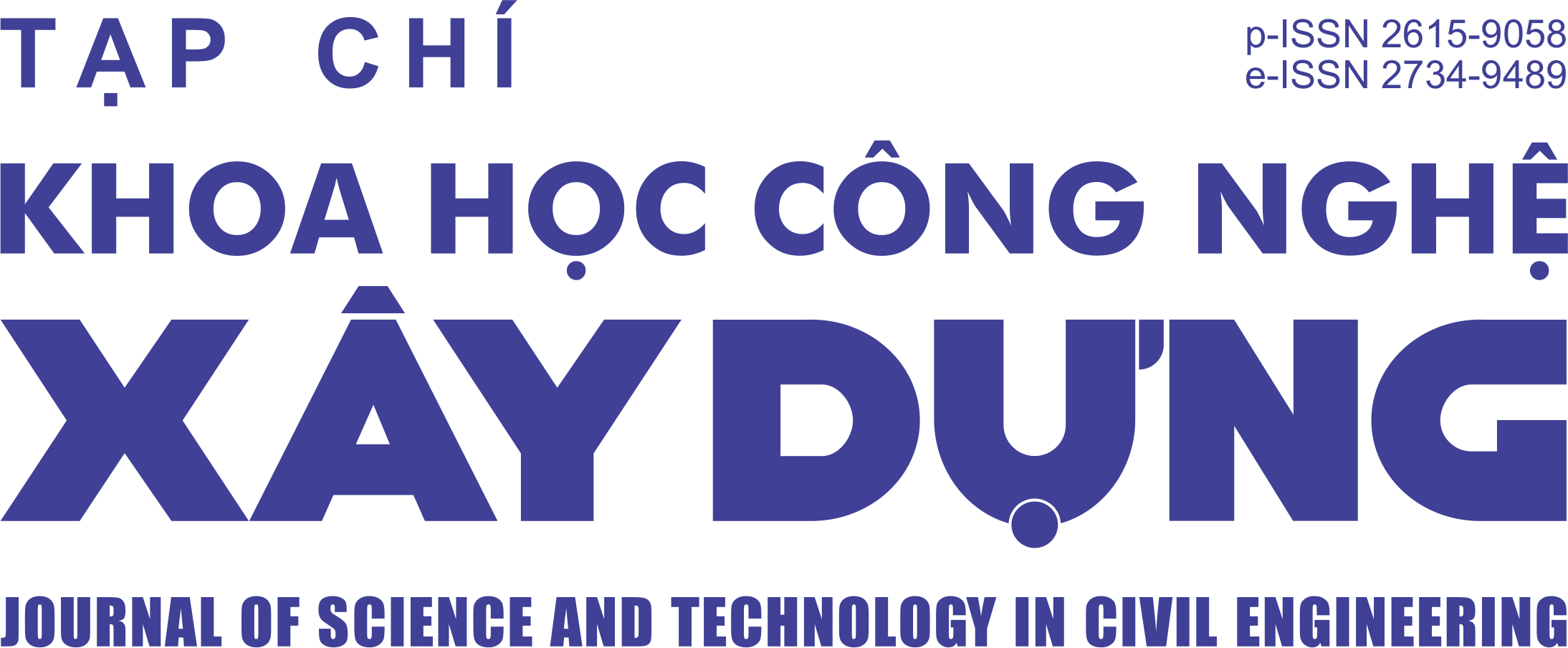Ensemble learning methods for the mechanical behavior prediction of tri-directional functionally graded plates
Abstract
This paper aims to enhance computational performance for behavior prediction of tri-directional functionally
graded plates using ensemble learning methods such as random forest, extreme gradient boosting, and light
gradient boosting machine. Furthermore, the effectiveness of these methods is verified by comparing their
results with those of artificial neural networks. The present investigation focuses on the buckling problem of tridirectional functionally graded plates. In this study, data pairs consisting of input and output data are generated using a combination of isogeometric analysis and generalized shear deformation theory to ensure the accuracy of the dataset. The input data in this case are eighteen control points used to characterize material distribution; the output data are total ceramic volume fraction and non-dimensional buckling load. Based on this dataset, the effect of hyperparameters in machine learning models on accuracy and computational cost is investigated to determine models with optimal hyperparameters, referred to as optimal models. The performance of the optimal models in predicting plate behavior is compared to each other. Furthermore, in terms of computational time and accuracy, the light gradient boosting machine model gives the best results compared to the others.
Downloads
Copyright (c) 2024 Hanoi University of Civil Engineering

This work is licensed under a Creative Commons Attribution-NonCommercial-NoDerivatives 4.0 International License.
1. The Author assigns all copyright in and to the article (the Work) to the Journal of Science and Technology in Civil Engineering (JSTCE) – Hanoi University of Civil Engineering (HUCE), including the right to publish, republish, transmit, sell and distribute the Work in whole or in part in electronic and print editions of the Journal, in all media of expression now known or later developed.
2. By this assignment of copyright to the JSTCE, reproduction, posting, transmission, distribution or other use of the Work in whole or in part in any medium by the Author requires a full citation to the Journal, suitable in form and content as follows: title of article, authors’ names, journal title, volume, issue, year, copyright owner as specified in the Journal, DOI number. Links to the final article published on the website of the Journal are encouraged.
3. The Author and the company/employer agree that any and all copies of the final published version of the Work or any part thereof distributed or posted by them in print or electronic format as permitted herein will include the notice of copyright as stipulated in the Journal and a full citation to the Journal as published on the website.







